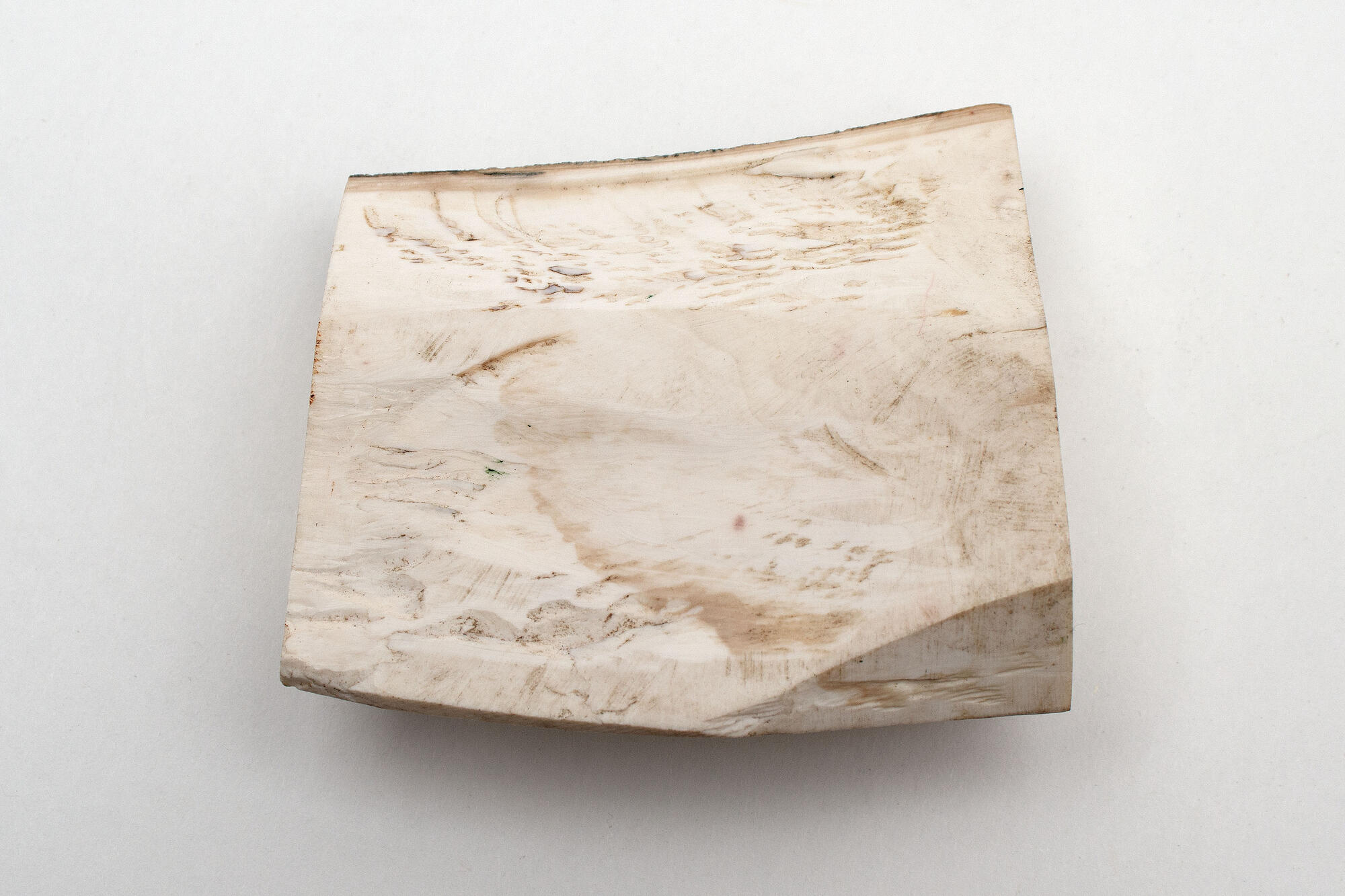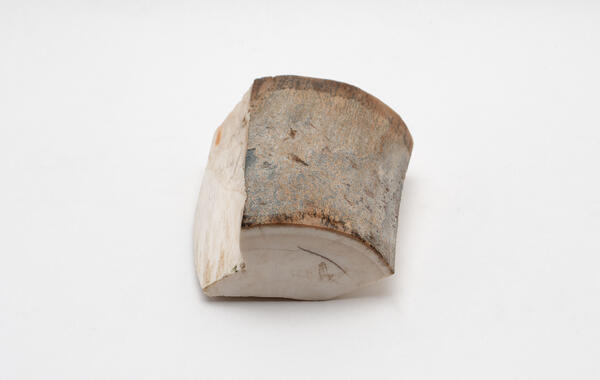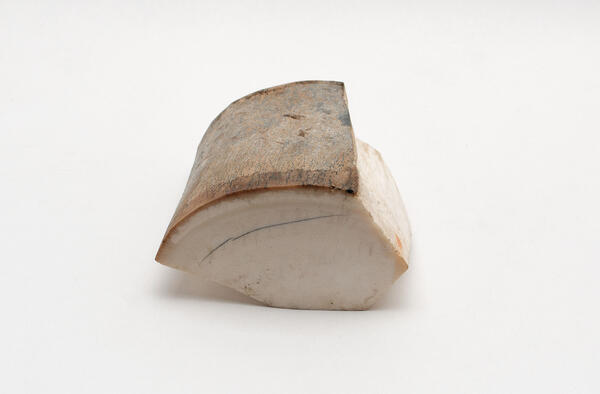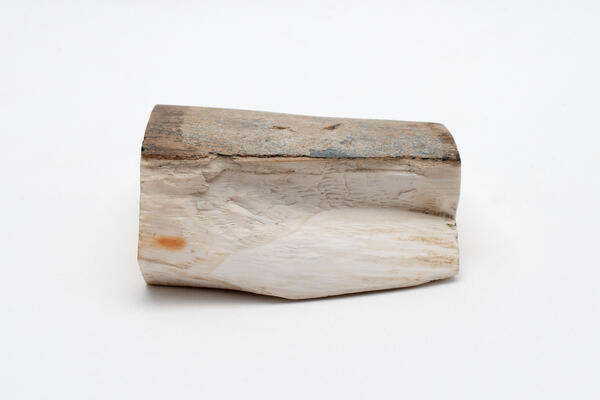The mammoth tusk is a unique kind of fossil. It is distinguished by its mesh pattern on the round end section, a variety of colors and a uniform structure. Scientists are still trying to recreate the physical qualities of a mammoth tusk with the help of modern technologies. Today, mammoth tusk is the only high-value bone material allowed for extraction and use.
Tusks are the mammoth’s front incisors. Mammoths were born with milk tusks, which were then replaced by permanent ones. Mammoth tusks grew throughout the animal’s life as they were ground down.
This material presents a special value to bone carvers for its beauty and pliability. A mammoth’s tusk has a thin layer of outer enamel, which is usually perforated. The surface of the tusk is used for relief carving or as a stand for the main product.
Mammoths appeared about 5 million years ago. They were the largest animals of the Pleistocene fauna, which also included wooly rhinoceroses, horses, musk oxen, and cave lions. Most mammoths became extinct about 10 thousand years ago, although some human-sized species existed 3–4 thousand years ago on remote northern islands.
The main reasons for the extinction of mammoths are climate change and changes in food sources during the Ice Age, as well as overhunting by humans. Many myths of the northern peoples are associated with mammoths. Komi, Nenets, Mansi and Khanty peoples called them an “earth deer”. They believed that the mammoth was so huge and heavy that it fell through the ground, thus creating riverbeds and lake pits. Mammoths are the main characters of cave paintings of prehistoric people around the world.
Archaeologists still find numerous well-preserved mammoth remains in permafrost layers, so the anatomy of these animals is well researched. Mammoths belonged to the Elephantidae family of the order Proboscidea, Mammalia class.
Various species of mammoths lived on almost all continents: in Africa, Europe, Asia and North America. Mammoths were not much taller than modern African elephants — up to six meters at the withers, but they weighed twice as much. The body of the mammoth was covered with long thick fur — its color ranged from copper-red to silver-gray.






